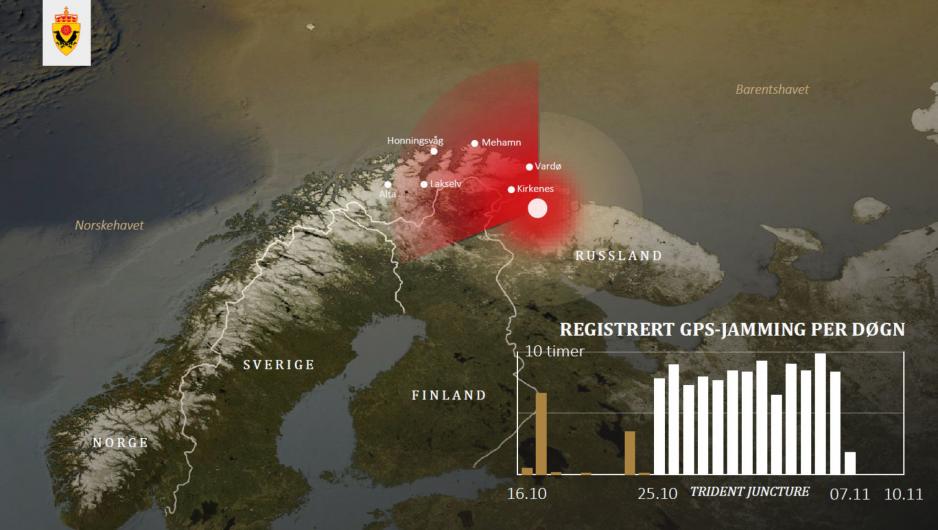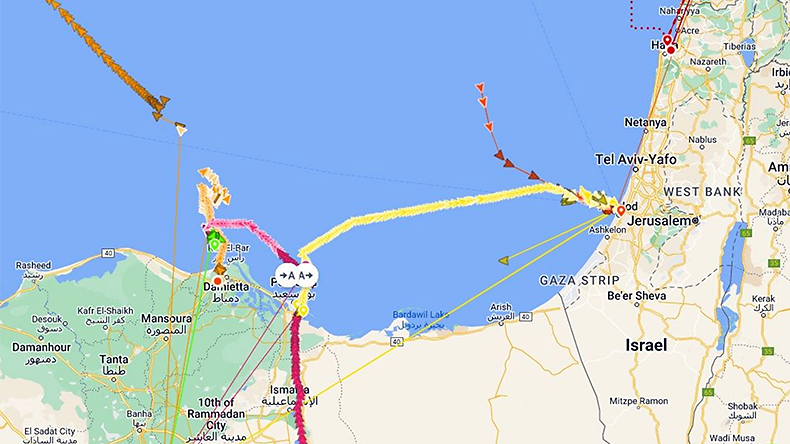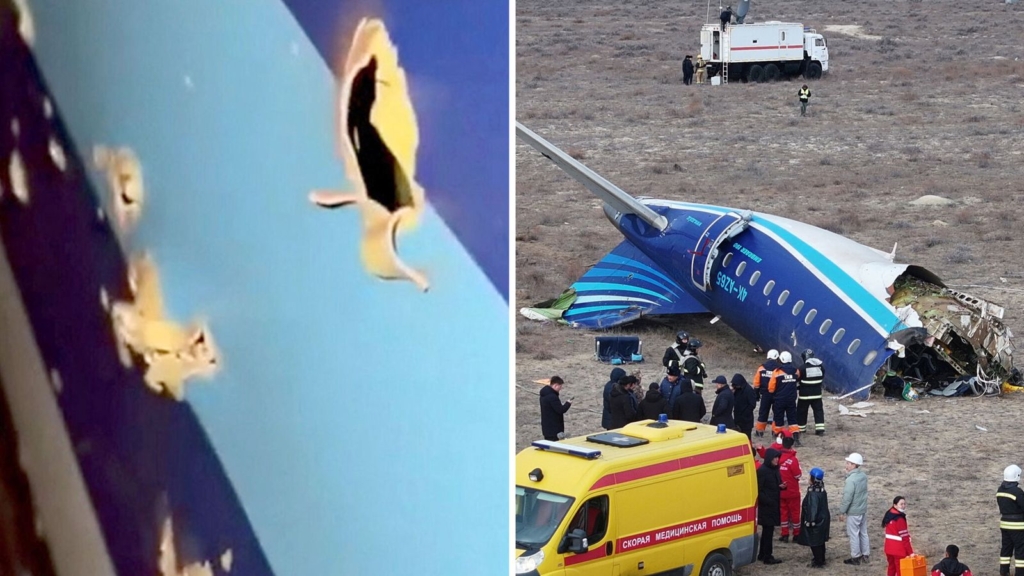Why Cyber Over RF Counter-Drone Technology Is the Way Forward
In recent years, drones have evolved from novelty items to sophisticated tools — and threats. Used for everything from contraband smuggling and surveillance to targeted attacks and military disruption, unmanned aerial systems (UAS) are now a central concern for governments, militaries, and critical infrastructure operators alike.
To defend against these escalating threats, a range of counter-UAS (C-UAS) technologies has emerged — jammers, spoofers, kinetic interceptors, radar sensors, and more. But these tools, often developed for military scenarios, can pose significant risks — from unintended signal disruption to physical harm — and don’t always translate safely into civilian, urban, or sensitive operational environments.
From blocked GPS signals grounding aircraft to a kinetic response tragically linked to the downing of a civilian airliner, real-world incidents have made it clear: the potential consequences of certain counter-drone actions make the margin for error dangerously high.
Real-World Incidents Highlight the Risks of Traditional C-UAS Systems
Over the past five years, multiple real-world incidents have demonstrated the risks and the collateral damage of RF disruption or destructive countermeasures. The following documented cases illustrate the consequences of such approaches — from navigation failures to flight cancellations and, in one case, tragic loss of life.
GPS Disruption in Norway (2020)
During Russian military exercises near the Norwegian border, high-power jamming disabled GPS across large areas of Finnmark County. Civilian aircraft, emergency responders, and safety-critical services all lost positioning capability. The source was military electronic warfare systems — similar in function to RF jammers used in many C-UAS platforms.
Impact: Mass civilian disruption with zero distinction between friend or foe.

Source: High North News GPS Jamming Still Causing Problems in Finnmark,
GPS Jamming Near Finland and Kaliningrad (March 2022)
Following diplomatic tensions between Finland and Russia, multiple aircraft flying near Finland’s eastern border and around Kaliningrad reported sudden GPS signal loss. One regional airline canceled 18 flights due to the unavailability of alternate navigation at Savonlinna Airport. Finnish authorities issued NOTAMs, and experts pointed to deliberate Russian jamming as the likely cause.
Impact: Civil aviation navigation disrupted; flight cancellations and diversions due to loss of GPS.
GNSS Interference at Dallas–Fort Worth (October 2022 & January 2023)
Over two separate periods — October 2022 and January 2023 — aircraft in the Dallas–Fort Worth region experienced sustained GPS anomalies lasting up to 12 hours a day. The disruptions, suspected to be caused by RF jamming from an unknown source, forced the closure of a major runway and rendered GPS-based flight paths unusable. The interference extended up to 300 km from the airport, impacting numerous flights.
Impact: Closure of a runway and widespread disruption to flight operations across a large airspace sector.

Widespread GNSS Disruption Over Poland and Sweden (December 2023)
During the Christmas holiday period, aviation authorities recorded massive GPS interference over northern Poland and southern Sweden. Several commercial flights reported spoofed locations, including one unprecedented case of “circle spoofing” where aircraft appeared to fly in loops miles off course. The source was traced to Russian electronic warfare systems based in Kaliningrad, likely activated during counter-UAS military exercises.
Impact: Thousands of flights affected by GPS disruption and spoofing, posing risks to civil aviation safety across multiple countries.
As Baltics see spike in GPS jamming, NATO must respond – Breaking Defense
Spoofing Fallout in the Eastern Mediterranean (2024)
As part of countermeasures to guided drone threats, Israel deployed GPS spoofing across its borders. The collateral? A Turkish Airlines flight unable to land in Beirut, ships broadcast false locations and apparently “parked” on land at Beirut’s international airport, and widespread confusion among civilian drones and tracking systems.
Impact: Navigation chaos across multiple sectors due to signal deception.

Source: War zone GPS jamming sees more ships show up at airports: Lloyd’s List
Fatal Misidentification (Russia–Kazakhstan, 2024)
On December 25, 2024, Azerbaijan Airlines Flight J2-8243 — a civilian Embraer jet — was shot down near Aktau, Kazakhstan, killing all 38 people on board. Investigations suggest the aircraft was misidentified by a Russian air defense system, likely the Pantsir-S1, which had been operating in a high-alert environment following increased drone activity near the border. Analysts have pointed to RF interference and heightened counter-UAS operations in the area as contributing factors.
Impact: A kinetic air defense system — deployed to counter drones — was linked to the fatal downing of a civilian airliner.

Transponder Interference Over Washington, D.C. (2025)
Several aircraft over Reagan National Airport received false collision alerts due to a nearby Secret Service C-UAS deployment. The system, uncoordinated with the FAA, interfered with transponder signals and triggered emergency maneuvers.
Impact: Airspace safety compromised in a major metropolitan hub.
https://edition.cnn.com/2025/03/03/us/planes-false-alerts-midair-collision
The documented incidents highlighted make clear that while conventional counter-drone technologies — such as jammers, spoofers, kinetic interceptors, and radar-based sensors — each serve a purpose, they also carry operational risks. From disrupting GPS signals over civilian airspace to triggering false collision alerts or even contributing to tragic misidentifications, these methods can produce serious unintended consequences when deployed in complex environments.
As drone threats continue to evolve in scale and sophistication, the limitations of these legacy approaches become more apparent — reinforcing the need for alternatives that deliver effective mitigation without causing collateral damage.
Cyber Over RF: The Sentrycs Implementation in a nutshell
Cyber Over RF (CoRF) emerged as a dedicated response to the evolving drone threat and the growing complexity, risks, and cost limitations of traditional counter-drone systems. Rather than interfering with communications or causing damage, CoRF interacts directly with a drone’s communication protocol — the “language” between the drone and its controller — to assume control of the device itself. In practical terms, it fuses electronic warfare, signal intelligence, and modern cyber techniques. Instead of attacking the RF environment broadly, it engages at the protocol level, targeting specific vulnerabilities within the drone.
Sentrycs exemplifies this new standard through its Cyber Over RF solution, which delivers precise, protocol-level control over unauthorized drones with no collateral damage. Its proven capabilities, modular deployment, and autonomous operation offer a blueprint for securing the skies while ensuring safety, legality, and continuity of broader operations.
Sentrycs’ CoRF Operational Advantages
Simple
Rapid Deployment & Scalability: Available in fixed, mobile, and tactical configurations, the system supports rapid deployment across diverse operational environments. Its flexible architecture enables both small-scale site protection and complex, wide-area defense through modular scalability.
Ease of Integration: Designed for interoperability, the modular system integrates seamlessly with C2 platforms and sensor networks, serving as a high-accuracy layer in multi-tiered defense frameworks.
Ease of Use: Delivered in a single Pelican case, the system can be assembled within minutes and operated without requiring specific skills, ensuring straightforward deployment by any team.
Effective
Non-Disruptive Operation: The system targets only unauthorized drones using their specific RF protocols, enabling safe operation in shared airspace without interfering with authorized drones, communication signals, or GNSS — and without causing collateral damage.
Autonomous Drone Takeover: Once identified, unauthorized drones are immediately subjected to protocol-based control strategies that safely redirect or land them.
Superior Detection Capabilities (Low/No False Positives): The system’s ability to accurately classify drones has been further enhanced with the introduction of Sentrycs Horizon — an AI-based RF analysis capability designed to detect and adapt to new or unknown threats in real time. Horizon continuously learns from new signal patterns, enabling dynamic classification without relying solely on predefined protocol libraries.
Proven
Field-Proven Across Sectors: The Sentrycs CoRF C-UAS solution is already deployed across military bases, border patrol units, civilian airports, and high-security facilities. With close to 200 systems deployed globally across more than 20 countries and 6 continents, it consistently delivers full-spectrum drone protection while ensuring operational continuity, regulatory compliance, and safety.
To explore the full technical framework behind Cyber Over RF, read the white paper:
Cyber Over RF: The Ultimate Guide